Shortly after we saw the Disney parks shut their doors, we started to see stores, restaurants, and experiences across the country, like movie theaters, close down as well.
With distributors unable to theatrically release their content, some have turned to digital at-home releases instead. Is this a temporary trend out of necessity, or could Disney capitalize on this with their future film releases?
Theatrical Releases Have Their Flaws
We can’t discuss the future of movie releases without first confronting our current reality. As news of the global situation spread, nationwide theater chains like AMC Theaters took action by limiting capacity and attempting to continue operations as close to normal as possible.
But days later, theme parks and restaurants across the country started closing to all guests, and AMC, along with other theater chains across the country, closed to the public. But some on-demand video releases have garnered big bucks in the meantime, which is causing movie-makers to scratch their heads and consider new possibilities.
Could the future be on-demand?
Theatrical Releases Cost Distributors A LOT More Money
When films are traditionally released to theaters, the profits are split 50/50 between the distributor and the exhibitors. This means if a movie like Avengers Endgame, for instance, made $2.8 billion at the box office, chop that number in half to $1.4 billion going back to Disney and $1.4 billion going to all the theaters that showed it worldwide. That’s a massive chunk of change they’re losing out on simply by needing a venue.
To make things trickier, marketing a theatrical release costs distributors a SIGNIFICANT amount of money — typically at LEAST 50% of the cost to create the film — and this amount continues to grow.
As the cost to create these massive films goes up, studios are willing to shell out more and more cash towards marketing to ensure the films do well at the box office. To give some perspective of just how much marketing these movies can cost a studio, let’s look at Avengers Endgame again. The film cost $356 million to make, yet the marketing budget was a massive $200 million.
Even after recouping the costs of marketing and production with the profits, Avengers was still a massive money-maker for Disney. But if you were to look at a more lukewarm film release, it’s not uncommon for distributors to barely break even or still be in the red once a film finishes its theatrical run and costs are accounted for.
With theaters across the world closed down, studios are hurting for cash. But studios hold the power to either postpone costly theatrical releases — along with the marketing and additional associated costs — or find another avenue to make some cash off their already costly investments. Enter: Video On Demand.
Video On Demand Could Be the Solution
With studios hurting for cash, making the switch to Video On Demand may pose a solution over both the short and long term.
What Is Video On Demand?
Video On Demand allows users to rent films digitally from home, typically for 48 hours. This format is traditionally the pit stop films take between being released in theaters and making their way to DVD or rental platforms. The cost for these films is typically around $4, BUT recently a number of films that skipped a theatrical release entirely or had a very limited run have been released On Demand for around $20 for 48 hours. Could the theater closures and a few risky releases straight to On Demand have uncovered the future of movies?
How Video On Demand Is Different
When a studio and theater agree to a traditional theatrical release, they split the profits 50/50, like we mentioned. But when a studio releases a film to a Video On Demand retailer, the studio retains 80% of the profits – which means MUCH bigger bucks for the studio if the film does well. By foregoing a costly premiere (which is also taken out of that marketing budget!), outdoor marketing (like billboards and bus wraps), and even reducing other marketing and press costs by releasing straight to On Demand or with a limited theater release, could studios like Disney turn a higher profit in the long run?
To make On Demand even more enticing, the Academy just changed their rules for which films qualify for the Oscars. Before now, films needed to run in theaters in the Los Angeles area for at least seven days to be considered by the Academy. With the nationwide closures, the Academy is now temporarily allowing films released directly to On Demand platforms to qualify for awards. This could remove a large barrier for studios to start releasing straight to on demand — if they can still be nominated for Oscars even with a digital release, will we could see a lot more titles pushed straight to On Demand?
But these are still questions. So were’s the data?
On Demand Has Worked Well…So Far
NBCUniversal took the risk first by pushing a theater-level film straight to On Demand and, to everyone’s surprise, it worked! Trolls World Tour, the sequel to the first Trolls movie, cost $90 million to make and was only projected to make $17-27 million on opening weekend (before the nation started closing down!).
When it released On Demand, it shattered this estimate bringing in $50 million its first weekend and set three On Demand records in the process. Trolls World Tour became the most pre-ordered title ever, the top release during its first three days, and resulted in FandangoNow’s biggest weekend numbers to date.
Since release, the film has raked in $95 million making it more successful in three weeks than the original Trolls film was in five months in theaters. The CEO of NBCUniversal stated “The results for Trolls World Tour have exceeded our expectations and demonstrated the viability of PVOD (Paid Video On Demand). As soon as theaters reopen, we expect to release movies on both formats.”
Following the above statements from NBCUniversal’s CEO that they intend to release content to Video On Demand AND theaters, AMC Theaters clapped back that they would no longer show Universal Studios’ films because “Universal is breaking the business model and dealings between our two companies.”
Regal Cinemas also issued a warning to Universal threatening to not show their films in their theaters. If studios choose to split releases between theaters and Video On Demand, that would result in a MUCH lower income for theater chains (remember that hefty 50% of profits they make per film?).
But with just how successful Universal’s Trolls World Tour was, it’s possible studios will continue to push forward with digital releases with little concern for theaters. Regardless of how they distribute their films, studios will make money; but theaters are still solely dependent on studios feeding them content to survive.
Warner Bros is following NBCUniversal’s lead and releasing their next animated film, Scoob!, straight to Video On Demand May 15th. But time will tell whether Trolls World Tour’s success was a fluke (after all, everyone’s stuck in their houses right now and literally CANNOT go to theaters), or if this format could bring in comparable profits to theater releases.
Disney is no stranger to Video On Demand during this time as well. They attempted to salvage their limited theater release of Onward with a short stint on On Demand followed by a release to Disney+. The film brought in $50 million on opening weekend (higher than originally projected), but profits tanked shortly after when theaters were forced to close their doors. In an effort to recover lost profits, it spent two weeks On Demand. But with the movie already released in theaters AND Disney+ subscribers already anticipating its scheduled release on Disney+, On Demand profits may have been stunted.
Why On Demand Is Appealing to Consumers
We love going to the theater as much as anyone else, but we see how this Video On Demand structure offers an attractive alternative, especially considering the current circumstances. Even outside of a global situation like this, going to see a movie isn’t always feasible or cost effective.
If you have little ones at home or you can’t afford to shovel out at least $10-$15 per ticket plus snacks plus babysitting plus anything else it takes to get out for an event like this, you may be ok with skipping that trip to the theater.
Theater attendance already fell 4.6% last year without everything going on this year, so a quick $20 rental and popping some popcorn at home can offer families a more accessible alternative to enjoy the movies they otherwise might have skipped.
But especially in light of the latest events, On Demand streaming offers an extra sense of comfort if the global situation has lasting effects on people’s behavior and sense of safety. Studios can reap the benefits of cutting marketing costs, avoid higher ratio sharing with theaters, rake in cash without an extra delay, AND possibly draw in more consumers than they would have theatrically.
Find out when our readers said they would feel safe going back to Disney World here!
What Could This Mean for Disney?
So pushing directly to On Demand worked well for Universal; but what could this success mean for Disney?
Pro: Disney Has a Lot to Offer On Demand
Disney responded to this crisis by pushing films like Frozen 2 to Disney+ before originally slated, but they’re still planning to hold off on their more highly anticipated films. For their bigger “tentpole” films, Disney has opted to shift films like Mulan, Black Widow, and Jungle Cruise down the calendar in hopes of hosting traditional theater releases.
But films like Mulan were set to release back in March, followed shortly after by others — so Disney has content ready or close to ready to go! Production delays have complicated their timelines, but the On Demand platform could be a viable way for Disney to release these already prepared films. Disney has been no stranger to financial struggles during the closures, so if the On Demand option does prove successful, this could be a great way for them to earn some quick revenue.
Find out the new theatrical release dates for Disney films here!
Con: Disney Has No Precedent for a [Would Be] Successful Blockbuster On Demand
A shift towards shorter stints in theaters and films racing to On Demand platforms (or forgoing theaters entirely) would take time to prove truly successful. The current events have encouraged studios to risk releasing to On Demand, but there is no precedent for how larger films — or films not aimed at kiddos — like Jungle Cruise would do without a traditional theatrical release or outside the context of a global situation like this.
In the past, bigger budget films have faired well in the On Demand space, presumably as a result of their successful time in theaters. But it is a risk and studios may lose considerable amounts of money not having a theatrical release viewers have come to expect. Shifting to On Demand would have to be a long term investment in the changing at-home landscape that relies on viewers’ willingness to accept — and be ready for — a new paradigm.
With how AMC and Regal Cinemas responded to Universal’s decision to push to On Demand, following in their footsteps could ultimately lead to damaged relationships between Disney and the theaters hosting their films. We can’t forget about that AMC in Disney Springs. If bridges were burned, that would likely complicate things further! Disney may be discouraged to push bigger films to On Demand to maintain good-standing with these brands.
NBCUniversal risked pushing one of their films straight to Video On Demand and was shockingly successful. Digital releases could save big bucks in marketing expenses, bring in a higher percentage of the profits, and meet consumer needs.
But, pushing to On Demand threatens the future of theaters AND could strain long-standing relationships between studios and theaters. With viewers still confined to their homes and eager for entertainment while many are furloughed or out of work, it’s too early to tell. But if consumer habits and demands continue, we may see more and more On Demand releases in the future.
Click here to find out more about how the Florida task force is planning to reopen businesses!
More Disney Park Closure Details and Info
Click HERE for the All Latest Updates
Disney Parks Closure Extended “Until Further Notice.”
Should I Cancel My Disney World Vacation?
Disney’s Closure Timeline and What It Could Mean For Disney’s Reopening
Your Disney Trip Was Canceled -- Now What? DO'S and DON'TS to Cancel, Get Refunds, and Reschedule
Disney World and Disneyland Closure Questions Answered!
Are Disney World Restaurants Really Just Firing Everybody?! It’s Much More Complicated Than You Think
Join the DFB Newsletter To get all the latest Disney Park Closure News Delivered Right to Your Inbox Click here to Subscribe
What do you think about studios releasing films straight to On Demand? Let us know in the comments below!

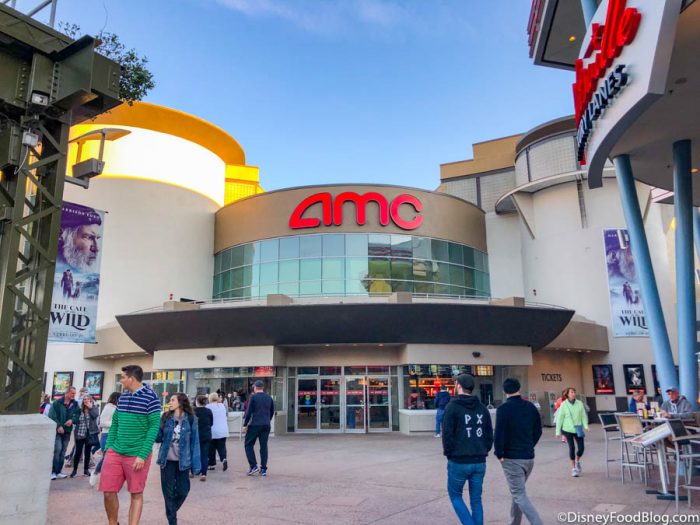
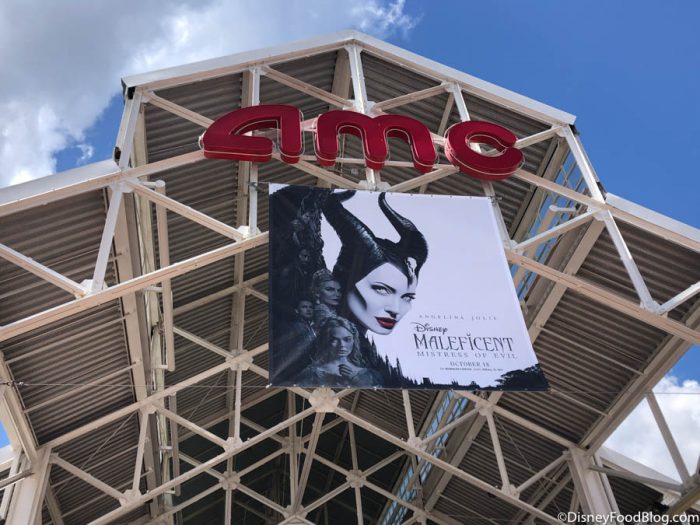
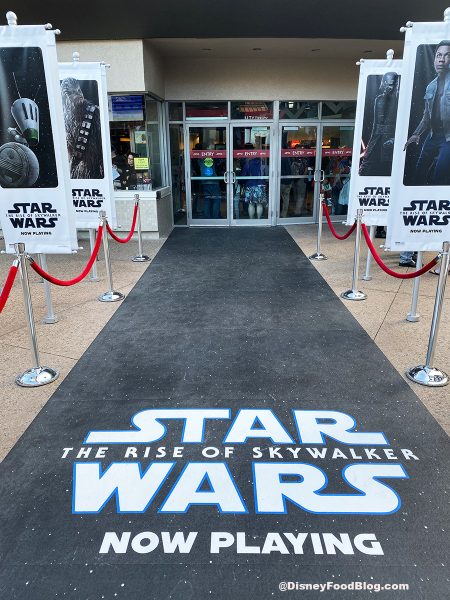

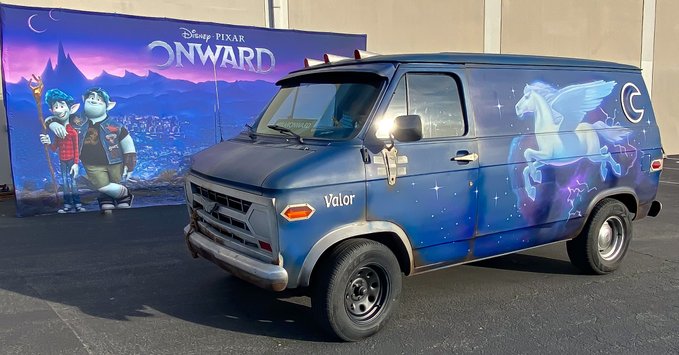
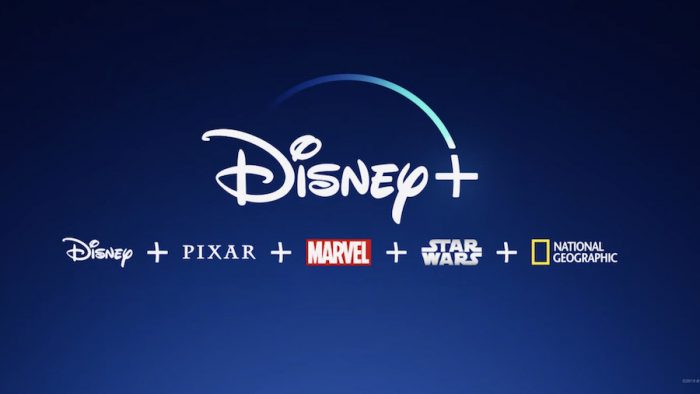






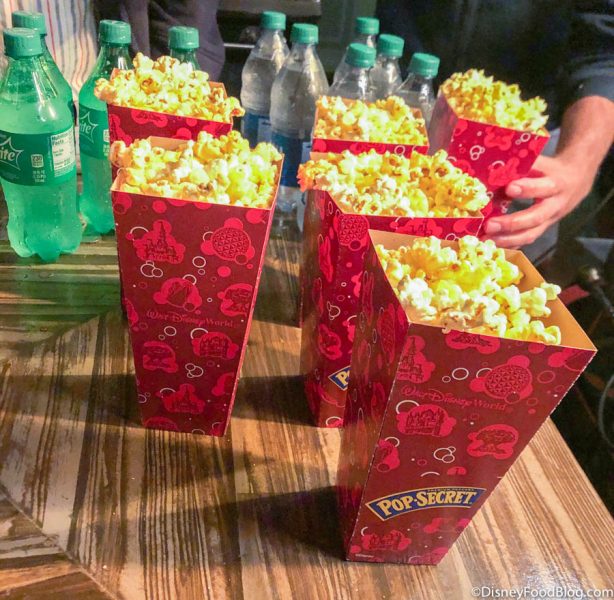




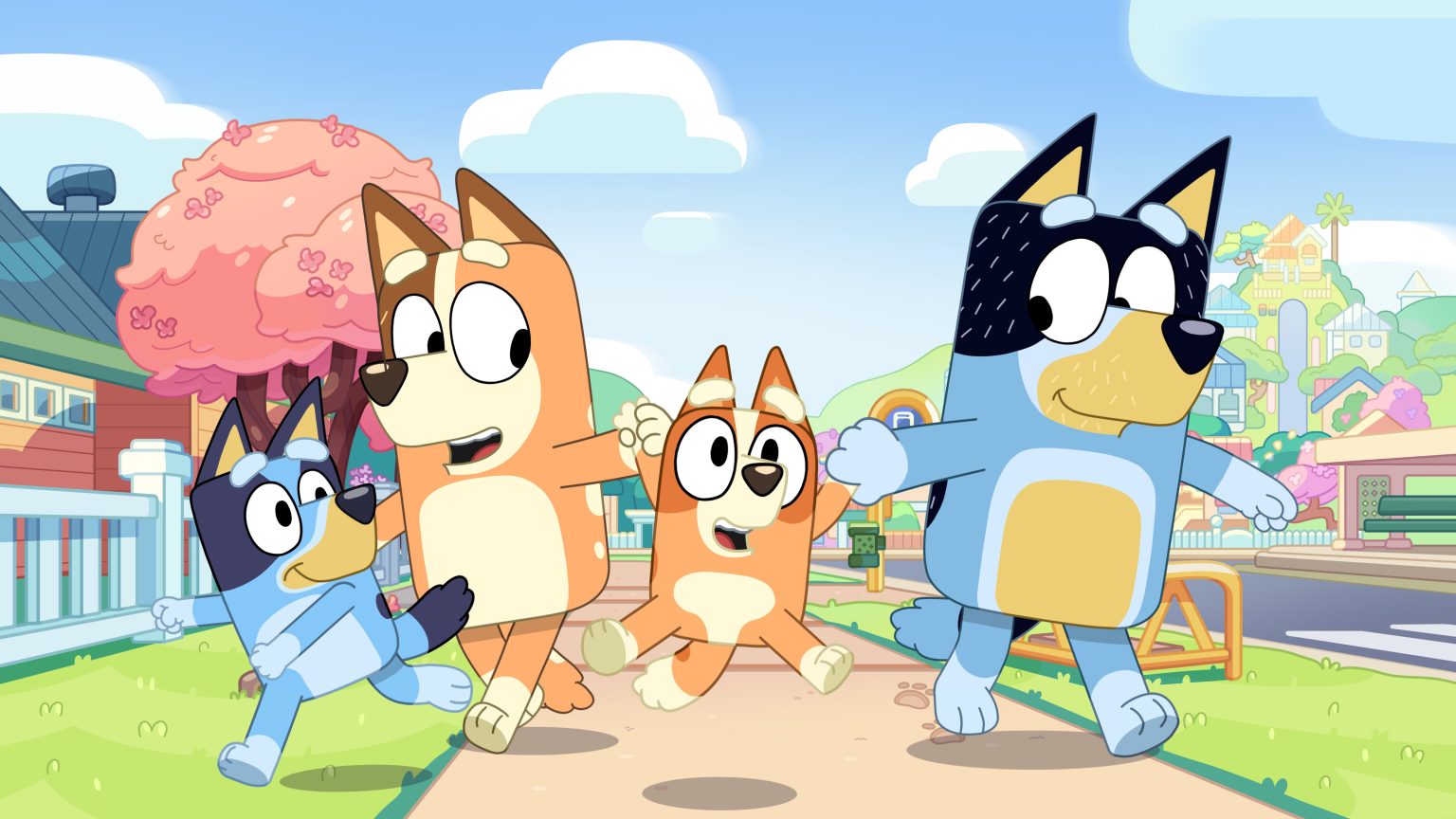
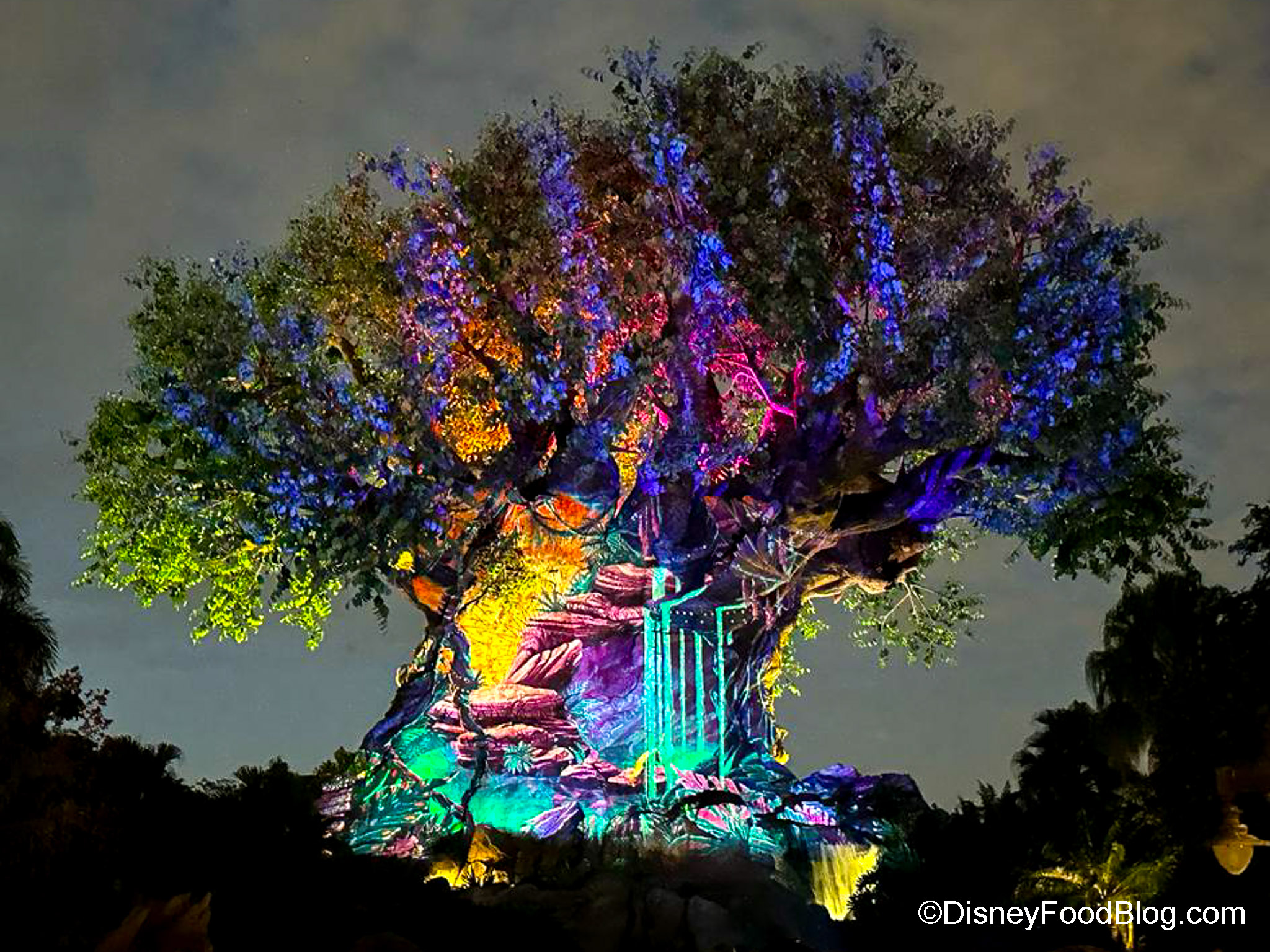

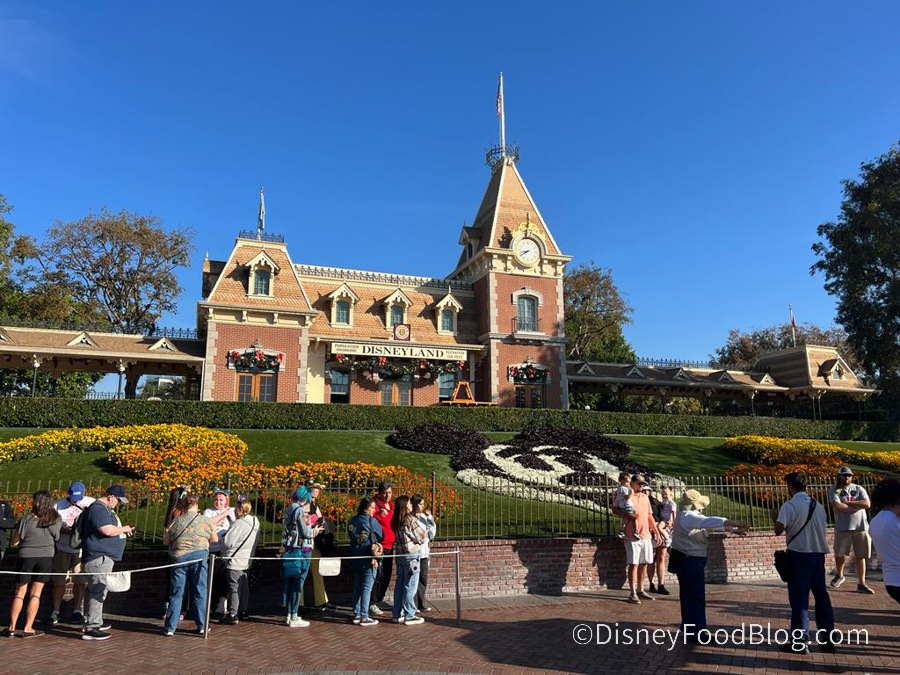















 Our handy (and portable!) ebook guides make sure you get the best deals and can plan a vacation of a lifetime.
Our handy (and portable!) ebook guides make sure you get the best deals and can plan a vacation of a lifetime.

The short answer is definitely yes. For many this is a very beneficial development. Distributors and families save money. The theaters are left in the lurch. But another group of people this leaves behind are the visually Impaired. I’m one of them.
I don’t watch… Consume is a more apt way to put it…movies at home unless I’m already familiar with them. This is by choice and preference. Replicating the movie theatre experience is very hard if you are visually Impaired,
especially if you are single.
Audio description has come a long way but the only place it is optimized is the movie theatre. You get a specially designed headset where the movie audio and a description track is transmitted and you can equalize it perfectly. But the consumer cannot purchase the headset or access the type of transmission technology for in home enjoyment. That means that the description track will lower the overall volume and descriptor over music, background sounds, and background dialog that can be important to context.
Let’s talk cost. Distributors are offering these movies for roughly $20 and it’s a rental and not full ownership. For less than that I could be in a cushy ultra expensive power recliner with a large butter drenched popcorn and dip on a large soft drink of my choice (both refillable) at a matinee showing having a rich audio descripted experience (okay so the Uber ride might up that cost some) but you get the picture.
The future of movies is very bright for most, but very, very dull for the visually Impaired.
I love reading your articles; however, it struck me when in your article above you have misleading information. Theatres do not receive 50/50 split on profits for theatrical releases of films. In fact, 95% of all profits that theatres make is on concession. The first two weeks a movie is released in theatres the studios get 80-90% of all ticket sales. The theatre only receives 20-10%. Weeks into a theatrical release the theatres actually begin to make a profit on ticket sales. Usually with a 4 week or 5 week film the theatre itself is retaining some profit close to the 50/50 level. It’s on a scale.
I work for one of the big theatre chains listed above, so I have first hand knowledge of this. I agree with AMC standing their ground. The one thing the theatres have also fought on is the release window. If people can just watch it online then the theatre loses revenue from concessions. The first week a film is released is the best week for us. Undoubtedly, the studios and theatres will work it out, Universal wants to make that box office money.
I would also like to mention that those figures of the film’s earnings aren’t exactly accurate. They’re more than likey at a loss of at least 10 million dollars.
Thanks and hope to see all of you at the movies soon!